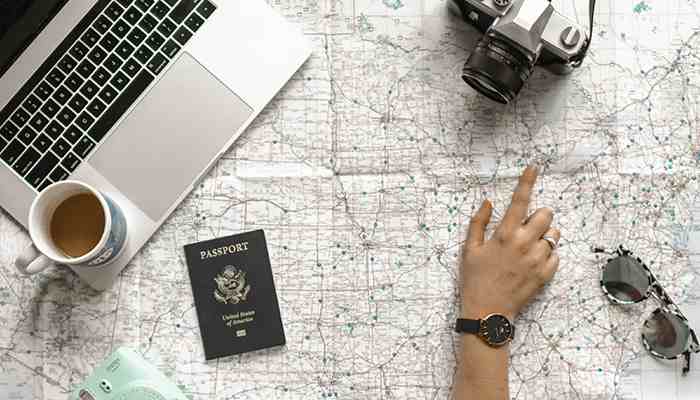Whether you are planning on a relatively short drive to a specific location or a long distance road trip, there are several arrangements that can be done to minimize unforeseen issues that may arise. Double checking any reservations that have been made is certainly a good idea, but there are many things that should be taken care of prior to hitting the road. In addition to finalizing destination plans, one must seriously consider preparations before leaving, as well as what to do and not do during the drive to ensure safe arrival. Furthermore, even if the road trip has no specific predetermined course, having a checklist to decrease any mishaps along the way will make the journey much more enjoyable.
Some sort of plan should be in place before departure. When the main focus of the road trip is the actual time spent travelling, the plan can be as simple as which road to take to begin the adventure. However, a quick internet search can offer up several landmarks that shouldn’t be missed. There are guides that can advise the best routes by famous locations, distance traveled, shortest times, and even those with specific restaurants or gas stations with the cheapest prices along the way.
Another extremely important step in planning a road trip is vehicle maintenance. Even with a new vehicle, establishing road readiness should be a top priority when considering driving long distances. Equipment failure can be minimized, if not completely avoided, with a thorough inspection. Check to be sure there is plenty of tread evenly across on all four tires. Have an alignment done if they are wearing unevenly, and rotate them if replacement is needed. Be sure they are inflated to the proper air pressure for improved handling and the best gas mileage. Ascertain that the spare tire is in good condition and inflated to the proper pressure. Be sure the accompaniments to change a tire are in place and that you know how to use them. Get the oil changed, and verify all fluids are at their proper levels. If the brake fluid is low, the brakes should be checked as well. Have the battery tested to certify that it is holding a charge. Consider replacing the windshield wiper blades to maximize visibility when faced with inclement weather. Assemble or purchase an emergency road-side kit. It is also a good idea to put together some overnight gear, especially if driving into cold weather. A blanket, some bottled water, and some snacks can be a life-saver in extremely cold weather.
Look at your maps out of sight from strangers, and try to blend in with the locals. If you need directions, try to be inconspicuous and ask out of earshot of others. Save time and hassles by having reservations at hotels along the way that have amenities that are desired, and be sure to inquire whether they are pet-friendly, if a pet is travelling with you. Check for second-floor room availability, so you can have a clear view of the parking lot before going back to your vehicle. Take a look around to be sure that personal items and information are out of sight. Any extra baggage that can be easily seen should be removed from view by securing in the trunk or brought into the hotel room.
During the drive, try to have a general idea of the area. Use rest areas or truck stops to stretch your legs and take a break. This would also be a good time to offer water to your pets and allow them to relieve themselves. Make sure your pets are properly restrained before opening car doors to prevent them from being lost. Even the most well-trained dog can be startled and run away.
Finally, don’t advertise your plans! Provide an itinerary to a close friend or relative in case something happens. While away from home, avoid posting to social media about your trip, and don’t log in using your cell phone. Knowing when you are leaving, where you are, and when you will be returning puts your home at risk for break-ins. Enjoy your adventures on the road, and post pictures when you are back home safe and sound.
